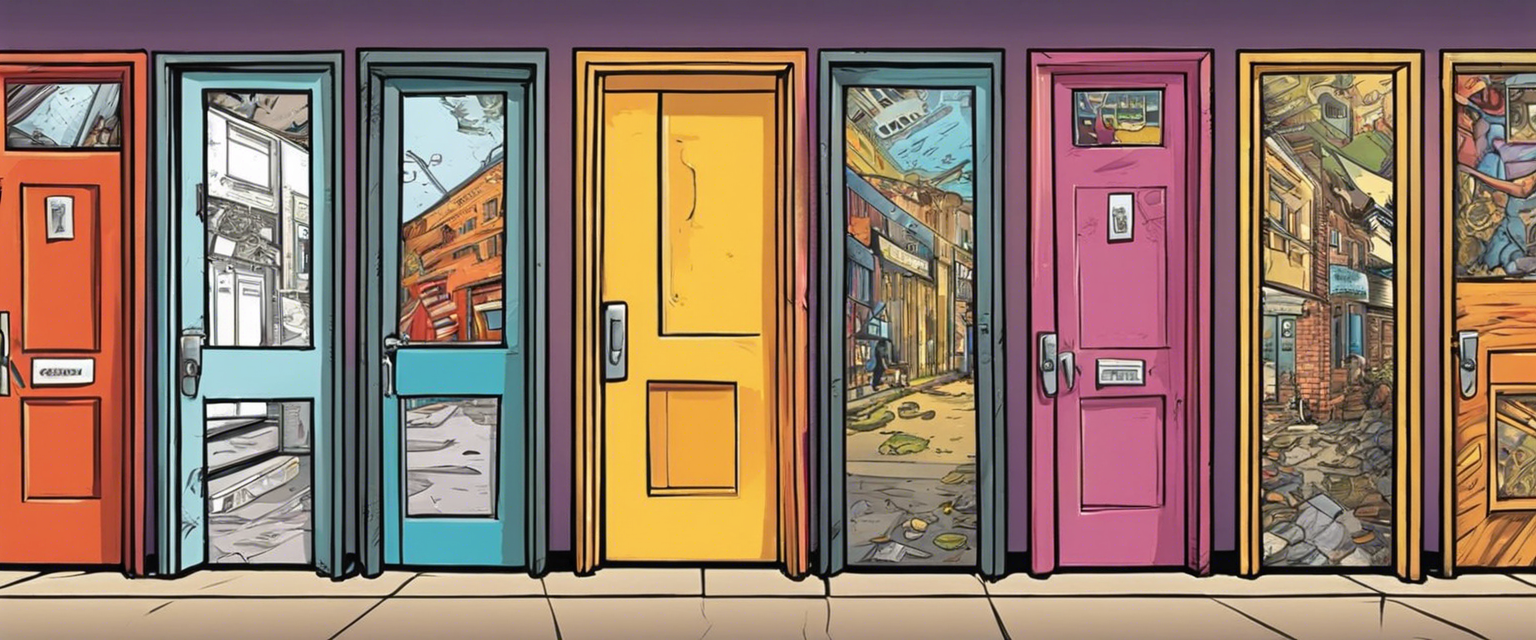Every Screen is an Entry Point
When we start a new job in an established company, we expect what is already in production to be working well, because it’s in prod, right? Well, that’s not always the case, unfortunately.
This is the story on how that app already in production was not setup correctly from the ground up and the lessons learned along the way to fix it!
The Wrong Setup
The special thing about that app is that it has a hard gateway meaning there’s a signup/login flow, and only after logging in successfully, the user can land on the main screen, a dashboard.
flowchart LR
Start --> B(Login)
B --> C(Dashboard)
As there are always two steps, it was decided back then to implement this flow as two separate consecutive activities.
flowchart LR
subgraph MainActivity
DashboardFragment
end
A[Launcher] -->|Start App| LoginActivity
subgraph LoginActivity
LoginFragment
end
LoginActivity --> MainActivity
There’s a LoginActivity to present the login flow to the user and when successful, this activity will finish() itself and start MainActivity which contains all the screens that expect the app to be in a logged-in state. The navigation logic looked something like this:
flowchart LR
A[Launcher] -->|Start App| B(LoginActivity)
B --> C{User Logged-in?}
C -->|Yes| D(MainActivity)
C -->|No| B
It sounds OK, right? Except it wasn’t.
Issues reported from production started to pour in telling us that all the data of that Dashboard screen was sometimes missing! Clicking on anything there just crashed immediately the app! How come?
After a long and deep investigation, we found out the root cause of the issue was the System-initiated Process Death mechanism. If Process Death is ignored, Android development is so much easier, but our app doesn’t really work!
When System-initiated Process Death is correctly taken into account, the flow looks like the following:
flowchart LR
subgraph MainActivity
DashboardFragment
end
A[Launcher] -->|Start App| LoginActivity
subgraph LoginActivity
LoginFragment
end
LoginActivity --> MainActivity
D[Process Death] -->|State Restoration| MainActivity
After the user has logged-in, used the dashboard for a while, then switched to another app, our app goes into the background and at some point Android decided to kill the process. When the user comes back to the app, Android will restore everything that was saved before killing the process.
In this case, only MainActivity exists on the activity stack (remember, LoginActivity was finish()‘d) which means we never go again through the Login flow!
The Meh Patch
One potential fix is to check if the user is logged-in in each screen but redirect the user back to the LoginActivity.
That could work if there was only one screen/fragment in the MainActivity, but as soon as there are multiple flows that open from the Dashboard, the user would completely lose those flows if we were to patch it this way.
Deeplinks would also be broken if we would implement it this way.
Meh.
The Right Fix
On Android, Every Screen Is An Entry Point.
Android will restore the DashboardFragment within MainActivity and that fragment should ITSELF immediately navigate to LoginFragment if needed!
flowchart LR
subgraph LoginFlow
LoginFragment -->|Failure|LoginFragment
end
subgraph MainActivity
direction LR
DashboardFragment
DashboardFragment -->|Is Not Logged In| LoginFlow
LoginFlow -->|Success|DashboardFragment
end
D[Process Death] -->|State Restoration| MainActivity
ℹ️ As this app uses Jetpack Navigation with Fragments, LoginActivity was merged into MainActivity so that any screen can
navController.navigate()to a new nested graph called login_graph.
Let’s add an OrdersFragment that opens up from DashboardFragment when a button is clicked:
flowchart LR
subgraph MainActivity
direction LR
DashboardFragment -->|Opens| OrdersFragment
end
A[Launcher] -->|Start App| MainActivity
D[Process Death] -->|State Restoration| MainActivity
Each screen has to be able to trigger the login flow itself, so this is what needs to happen if OrdersFragment is the one on top of the fragment stack and Process Death occurs:
flowchart LR
subgraph MainActivity
direction RL
OrdersFragment -->|Is Not Logged In| LoginFlow
LoginFlow -->|Success|OrdersFragment
subgraph LoginFlow
direction LR
LoginFragment -->|Failure|LoginFragment
end
end
D[Process Death] -->|State Restoration| MainActivity
ℹ️ DashboardFragment awaits patiently on the back stack or wherever your navigation library decides put it in the meantime.
Conclusion
We have to think of every screen as being completely independent of the app (and of any flow) so that it can always survive anything that is thrown at it.
⚠️ I deliberately didn’t write any technical solution about some specific library because this has nothing to do with any navigation library, but it is primordial you understand what are the tools your navigation library gives you to solve the issue and even then it’s possible to miss the point, but that’s material for a whole other post.
Stay safe out there and be conscious about System-initiated Process Death!
